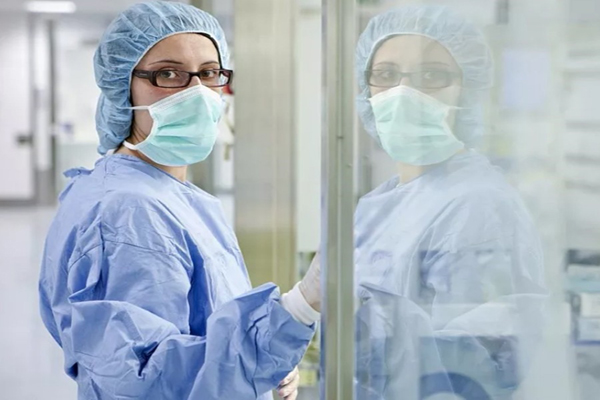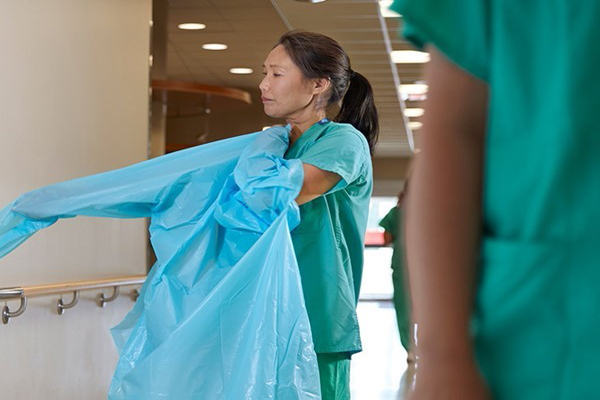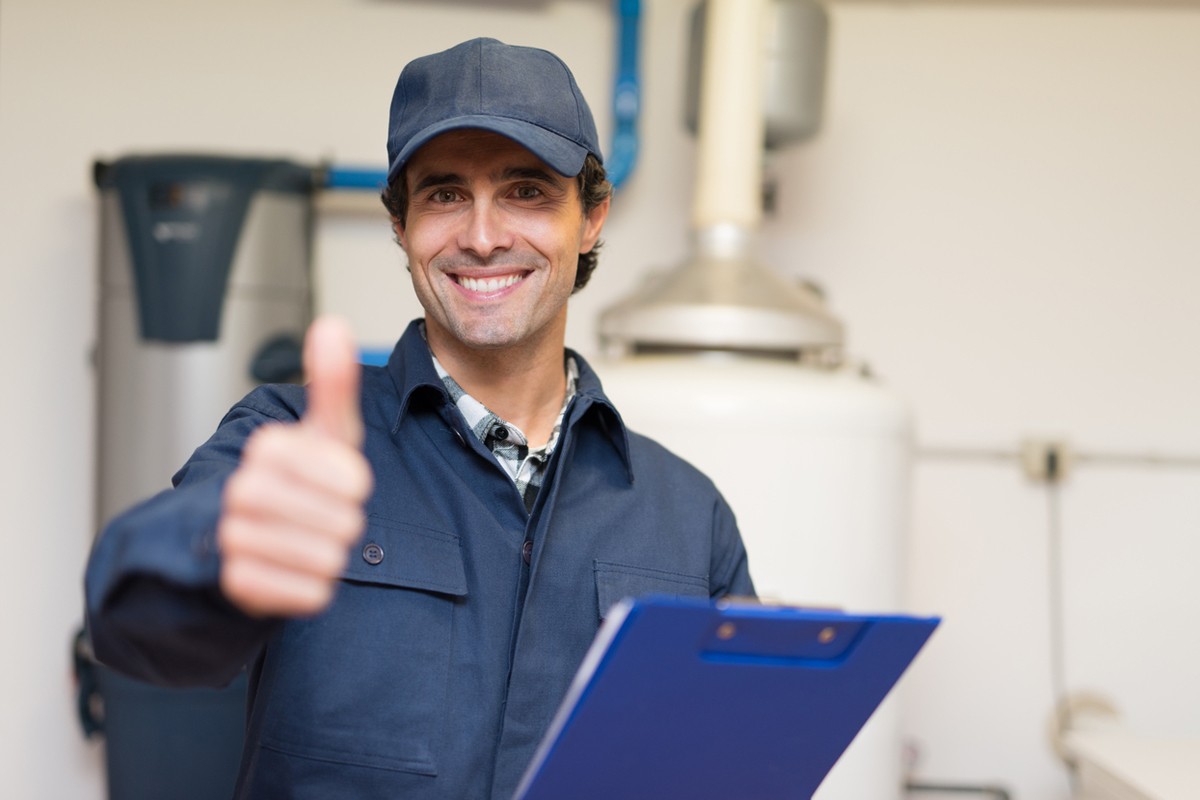Introduction to the PPE Regulation
What is the PPE Regulation?
On April 21, 2018, the Regulation (EU) 2016/425-Personal Protective Equipment (PPE) officially replaced the Directive 89/686/EEC-Personal Protective Equipment (PPE). The personal protective products to be exported to the EU must obtain a CE certificate under the PPE Regulation.

What products are covered by the PPE Regulation?
The PPE products refer to any devices or tools worn or held by individuals to protect against one or more health and safety hazards during the users’ activities. For example: respiratory protection products (dust masks, gas masks, etc.), head protection products (industrial helmets, safety helmets, etc.), eye protection products (sunglasses, industrial goggles, etc.), hearing protection products (earmuffs, earplugs, etc.), and chemical protection products (biochemical clothing, protective clothing, etc.).
How to classify the products in the PPE Regulation?
In the PPE Regulation, according to the complexity of the product and the importance of the protection, products are divided into three classes:
Class I: products for minimal risks/hazards and providing minimal protection, such as: garden gloves and cleaning gloves.
Class II: protective products that are neither simple nor complicated, and are of neither Class I nor Class III, such as: knitted gloves and simple goggles.
Class III: protective products in complicated design that are used to protect the users from fatal hazards or serious unrecoverable health damage, such as dust masks and chemical protective clothing.

Certification mode and requirements
For different classes of products, there are different certification modes and requirements, as shown in the table below:
Class
Certification mode
Requirement
Is the certificate required to be issued by a notified body (NB)
Class I
Internal production control (Module A)
+manufacturer’s self- declaration
Meet the basic health and safety requirements
Prepare the technical documentation
EC declaration of conformity
CE marking
No
Class II
EC type examination (Module B)
Internal quality control (Module C)
Meet the basic health and safety requirements
Prepare the technical documentation
Type examination
EC declaration of conformity
CE marking
Establish and operate a quality management system
Yes for Module B
No for Module C
Class III
EC type examination (Module B)
+random production verification in the period (Module C2)
or
EC type examination (Module B)
+production process quality assurance (Module D)
Meet the basic health and safety requirements
Prepare the technical documentation
Type examination
EC declaration of conformity
CE marking
Establish and operate a quality management system
Yes for Module B
Yes for Module C2
Yes for Module D
Our services
SUNGO has nearly 10 years of experience in PPE project consulting and counseling, and can provide the following services for the majority of protective equipment enterprises:
1) Technical documentation preparation service: guide the enterprises in preparing the basic materials (labels, instructions for use, drawings, etc.), and compile a full set of technical documentation complying with the PPE Regulation.
2) Quality system and on-site audit counseling: in accordance with the requirements of ISO9001 and PPE Regulation, help the enterprises plan the quality management system, and provide the consulting and counseling services, so as to ensure that they meet the audit requirements of the notified bodies.
3) Testing laboratory liaison and testing rectification counseling: assist the enterprises in testing liaison and communication, and provide suggestions for the preparation of samples by the enterprises, as well as the testing rectification counseling service.
4) PPE related training: provide the customized training service based on the enterprise needs.

Consultation and certification process
|
Step |
Specific task |
Division of work |
Cycle |
|
1 |
Confirming the product class and certification mode |
Sungo |
2 working days |
|
2 |
Confirming the product testing standards and arranging the delivery of the products for testing |
Sungo & enterprise |
4-8 weeks (different cycles for different products) |
|
3 |
The enterprise provides the basic materials, and SUNGO prepares the technical documentation |
Sungo & enterprise |
2-4 weeks after the materials are complete |
|
4 |
SUNGO conducts management system consulting and counseling |
Sungo |
On-site counseling, about 4-6 person-days |
|
5 |
The notified body conducts on-site audit (initial audit) |
Notified body |
On-site audit, about 1-3 days |
|
6 |
Rectifying the nonconforming items pointed out in on-site audit and technical documentation review |
Sungo & enterprise |
With the support from the enterprise, the non-testing problems will be rectified within 1 week |
|
7 |
Issuance of certificate (the certificate is valid for 5 years) |
Notified body |
4-8 weeks after the nonconforming items are closed |
|
8
|
Annual surveillance audit (D mode) |
Notified body |
Once a year, and no more than 12 months since the last audit; on-site audit, 1-2 days |
